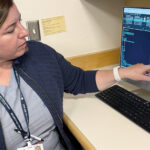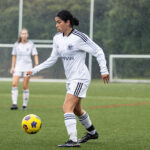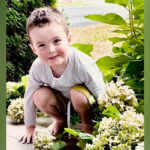How to have surgery and help others at the same time
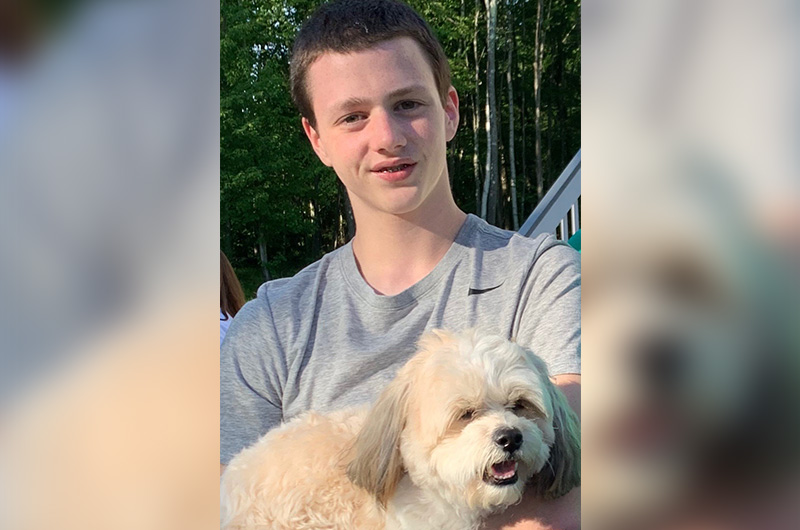
Ryan Zanchi and his parents didn’t hesitate when invited to participate in research about spinal surgery.
Ryan was diagnosed with idiopathic scoliosis at the age of 13 and had surgery two years later. Now his spine is straighter, and his contributions to science will help other patients for years to come. “Ryan’s surgery went so smoothly, it was clear to us that we had benefited from research conducted in the past,” says Ryan’s mom, Kerri. “Given the opportunity to help other families, there was no question that we would participate.”
Spinal fusion surgery has been used to treat patients with severe scoliosis for decades. Throughout that time, researchers at the Spine Division at Boston Children’s Hospital and other spine centers have studied nearly every aspect of the surgery and how patients fare afterward.
Can education reduce anxiety about spinal fusion surgery?
A few weeks before Ryan’s surgery, the Zanchis visited Boston Children’s simulation center. The SIMDiscovery experiential learning program gives patients and their families a preview of what will happen at each stage of the surgical process, from the moment they enter pre-op through their discharge from the hospital.
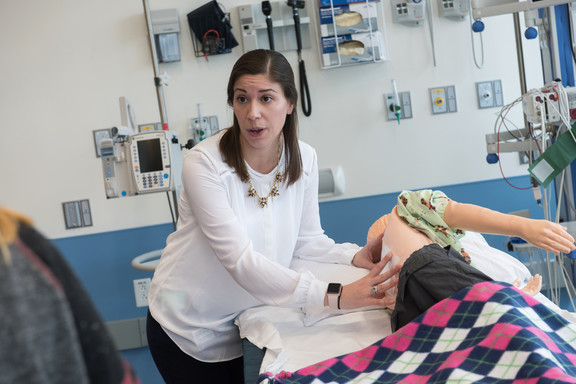
“We were hearing from families that the simulation program helped reduce their fear of the unknown,” says Nora O’Neill, clinical research assistant with the Spine Division at Boston Children’s. “We wanted to measure the impact in a more scientific way.” To that end, the SIMDiscovery study, led by postdoctoral fellow Lauren Potthoff, measures whether an afternoon of simulation-based preparation helps patients feel less anxious and more prepared for surgery. “The nice thing about this study is we’re getting both patients’ and parents’ perspectives,” says O’Neill.
If the Zanchi family is any example, patients and parents get different things out of the experience. As a mother, Kerri appreciated the chance to meet other families who were also facing surgery. Ryan, on the other hand, wanted to know how he could go home as soon as possible after the procedure. “After visiting the simulation lab, he knew what milestones he had to hit. That seemed to motivate him,” says Kerri. “He had surgery on a Monday and came home on Wednesday.”
How many patients feel numb after surgery?
Each time Ryan visits Boston Children’s for a follow-up appointment, he spends 20 minutes with members of the research team as they collect data for a sensory study. “We were hearing from many patients that they were feeling numb around their surgical site,” explains O’Neill. “We want to better understand what percent of patients experience numbness.” During Ryan’s visits, a researcher applies varying degrees of stimulus to points around his back and Ryan lets them know what he feels.
Our hope is to provide more information about what to expect after this surgery.
Nora O’Neill, clinical research assistant
“Our hope is to provide more information about what to expect after this surgery,” says O’Neill. “For patients who do feel numbness, we hope we’ll be able to tell them how long the sensation may last.” The team is also tracking whether higher sensory changes, including numbness or increased sensitivity, are associated with certain variables such as surgeries that take longer or those in which a larger section of the spine is fused.
How does pain medication affect sensation around the surgical site?
Another aspect of the study helped the Zanchi family understand how Ryan was managing his pain. For one month after his surgery, Kerri documented all of Ryan’s pain medications, including acetaminophen and ibuprofen. Researchers at Boston Children’s are analyzing patients’ medication logs to see whether pain medication affects patients’ sensitivity.
Ryan and Kerri found immediate value in the log. “It gave us a visual record of how he was changing day over day, week over week,” says Kerri, who believes she wouldn’t have tracked Ryan’s medications as thoroughly if it weren’t for the research study. Even Ryan got in on the act, documenting each time he took Tylenol for pain. “It was a great tool for us to track his recovery.”
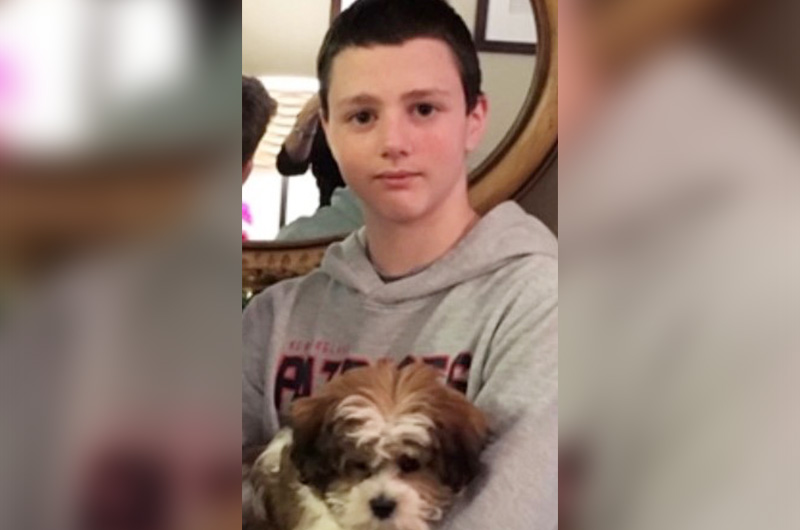
What do you get when you gather data from thousands of patients in one database?
Ryan has also become a part of the Scoliosis Outcomes Database Registry, the largest prospective registry of patients between 10 and 21 years old who have spinal fusion surgery for idiopathic scoliosis. In total, 19 spine centers in the United States and Canada contribute to the registry, which now contains data from more than 5,600 patients, including Ryan.
Ryan’s data are anonymous, but researchers can monitor trends in care across a large group of patients, much larger than one hospital or center could possibly gather on its own. Insights from the registry are reported in more than 45 scientific abstracts and 15 peer-reviewed publications are produced each year.
“Having access to this huge amount of data allows us to look at things like surgical procedures and see if there’s a difference in outcomes,” explains O’Neill.
Leaving a mark and moving on
Months after the surgery, life for the Zanchis has largely gone back to the way it had been before. “The only real difference I notice in Ryan is that he’s standing straighter,” says Kerri. Ryan will face the same types of questions other kids his age face: what classes to take in his final two years of high school and what colleges to apply to. However, even if he doesn’t give it much thought, his participation in research, and that of many other patients at Boston Children’s, will affect countless other families, possibly for generations to come.
Learn more about the Spine Division at Boston Children’s Hospital.
Related Posts :
-

Ask a sports medicine specialist: Why are ACL tears so common among female athletes?
When an athlete is sprinting after an opponent who suddenly stops or changes direction, their anterior cruciate ligaments (ACLs) make ...
-

Forging a path back to school after orthopedic trauma
Orthopedic trauma can force children to miss school, sometimes for an extended period. But even when patients have regained enough ...
-

Jackie’s dreams of playing professional soccer back on track after ACL surgery
From her dorm in Newcastle, England, Jackie Zapata can hear fans roaring in the soccer stadium a few blocks away. ...
-

Understanding and treating Mason’s congenital nevus
Kim and Ryan noticed their son’s birthmark almost immediately after he was born. They knew birthmarks were common, but ...


